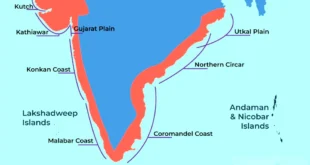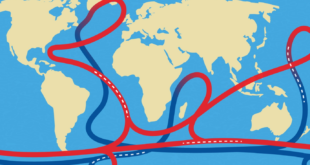Recently, a political leader claimed that the Moplah rebellion, also known as the Mappila riots, of 1921 was one of the first manifestations of the Taliban mindset in India.
Important points:
Moplahs/Mappilas:
- The name Mappilla (lit. son-in-law; anglicized form Moplah) is given to Malayali-speaking Muslims who reside along the entire length of the Malabar Coast of northern Kerala.
- By 1921, the Moplahs formed the largest and fastest growing community in Malabar. With a population of one million, 32% of that of Malabar as a whole, the Moplahs were concentrated in South Malabar.
- In the sixteenth century when Portuguese traders arrived on the Malabar coast, they noted the Mappilas to be a mercantile community concentrated in urban centres and fairly segregated from the local Hindu population.
- However, with the rise in Portuguese commercial power, the Mappilas found themselves a competitor and increasingly started moving inland in search of new economic opportunities.
- The shifting of the Mappilas led to a clash of religious identities both with the local Hindu population and the Portuguese.
The Revolt:
- Fuelled by the fiery speeches by Muslim religious leaders and anti-british sentiments, the Mopillahs launched a violent rebellion. Numerous acts of violence were reported and a series of persecutions were committed both against the British and the Hindu landlords.
- While there are some who call it a case of religious fanaticism, there are others who look at it as an instance of struggle against British authority, and then there are others who perceive the Malabar rebellion to be a peasant revolt against unfair practices of the landlords.
- While historians continue to debate on the matter, the broad consensus on the episode notes it to have started off as a struggle against political power, which later took on a communal colour.
- Most of the landlords were Namboodiri Brahmins while most of the tenants were Mapillah Muslims.
- The riots led to the mass killings of over 10,000 Hindus, raping of women, forced religious conversions, destruction or damage of nearly 300 temples, loot and arson of properties worth crores of rupees and burning of houses belonging to the Hindus.
Reasons:
- The trigger of the uprising came from the Non-Cooperation Movement launched by the Congress in 1920 along with the Khilafat agitation.
- The anti-British sentiment fuelled by these agitations affected the Muslim Mapillahs.
New Tenancy Laws:
- After the death of Tipu Sultan in 1799 in the Fourth Anglo-Mysore War, Malabar had come under British authority as part of the Madras Presidency.
- The British had introduced new tenancy laws that tremendously favoured the landlords known as Janmis and instituted a far more exploitative system for peasants than before.
- The new laws deprived the peasants of all guaranteed rights to the land, share in the produce they earlier got and in effect rendered them landless.
- In the initial stages, the movement had the support of Mahatma Gandhi and other Indian nationalist leaders, but as it turned violent they distanced themselves from it.
- By the end of 1921, the rebellion was crushed by the British who had raised a special battalion, the Malabar Special Force for the riot.
SOURCE: THE HINDU,THE ECONOMIC TIMES,MINT
 Chinmaya IAS Academy – Current Affairs Chinmaya IAS Academy – Current Affairs
Chinmaya IAS Academy – Current Affairs Chinmaya IAS Academy – Current Affairs



